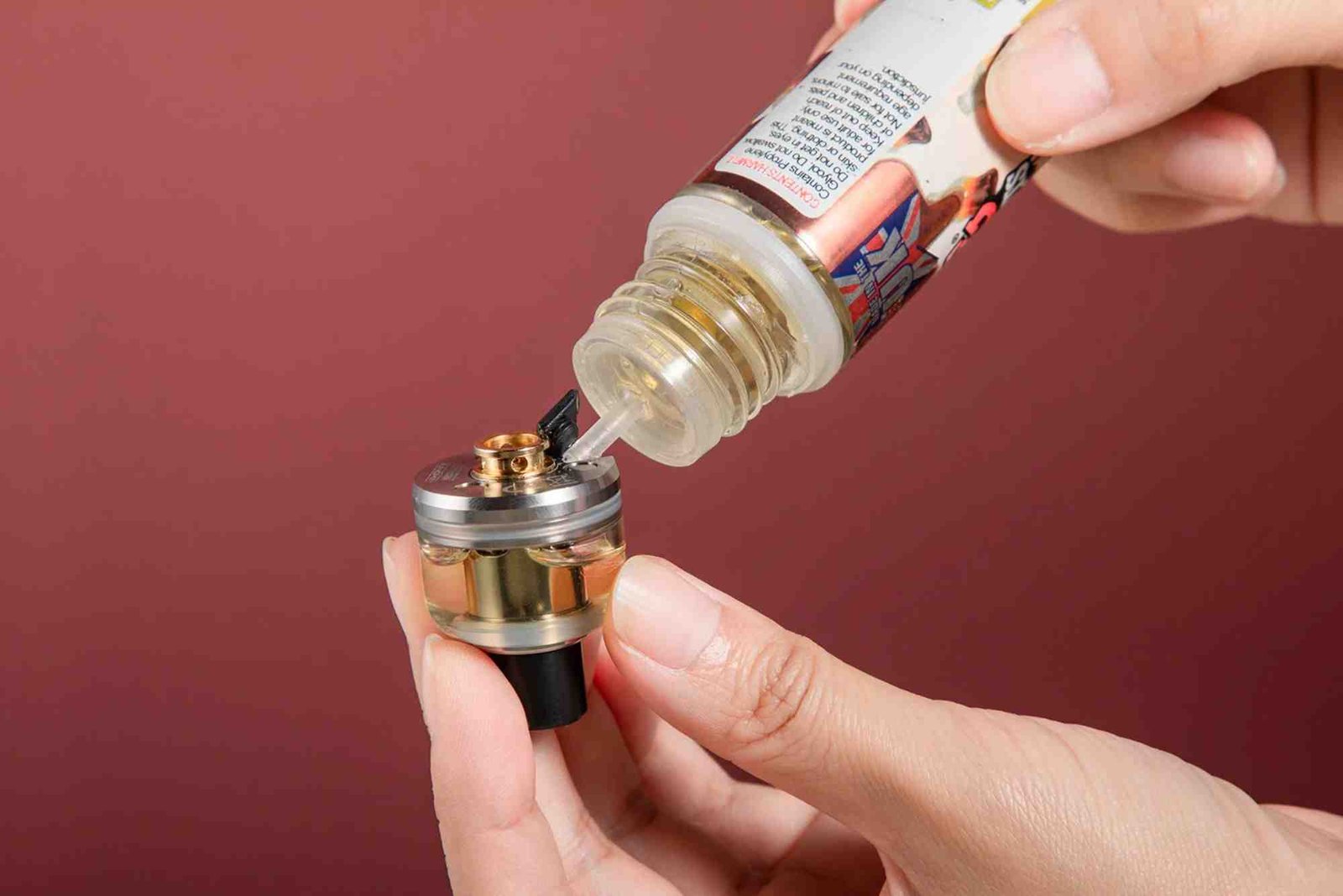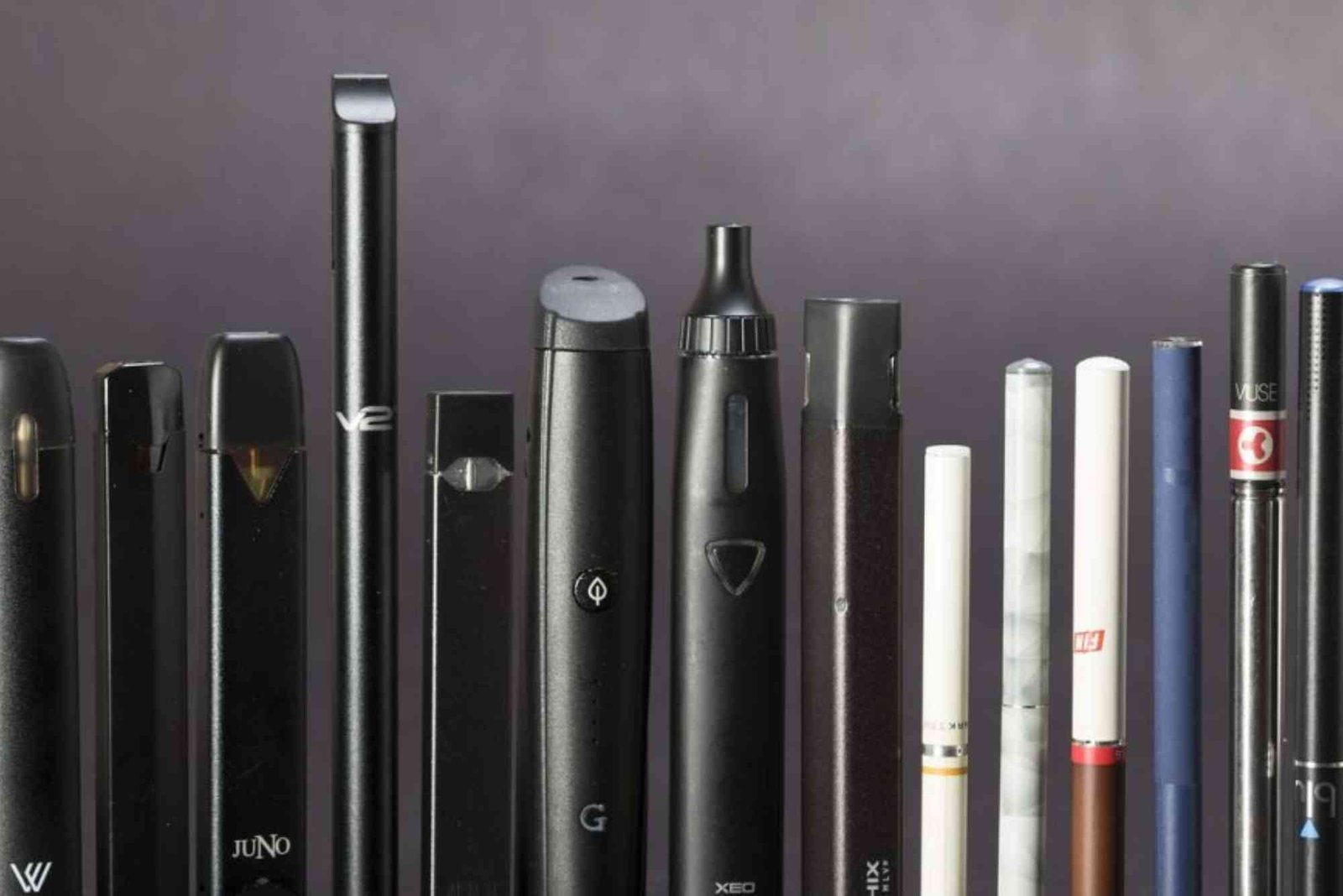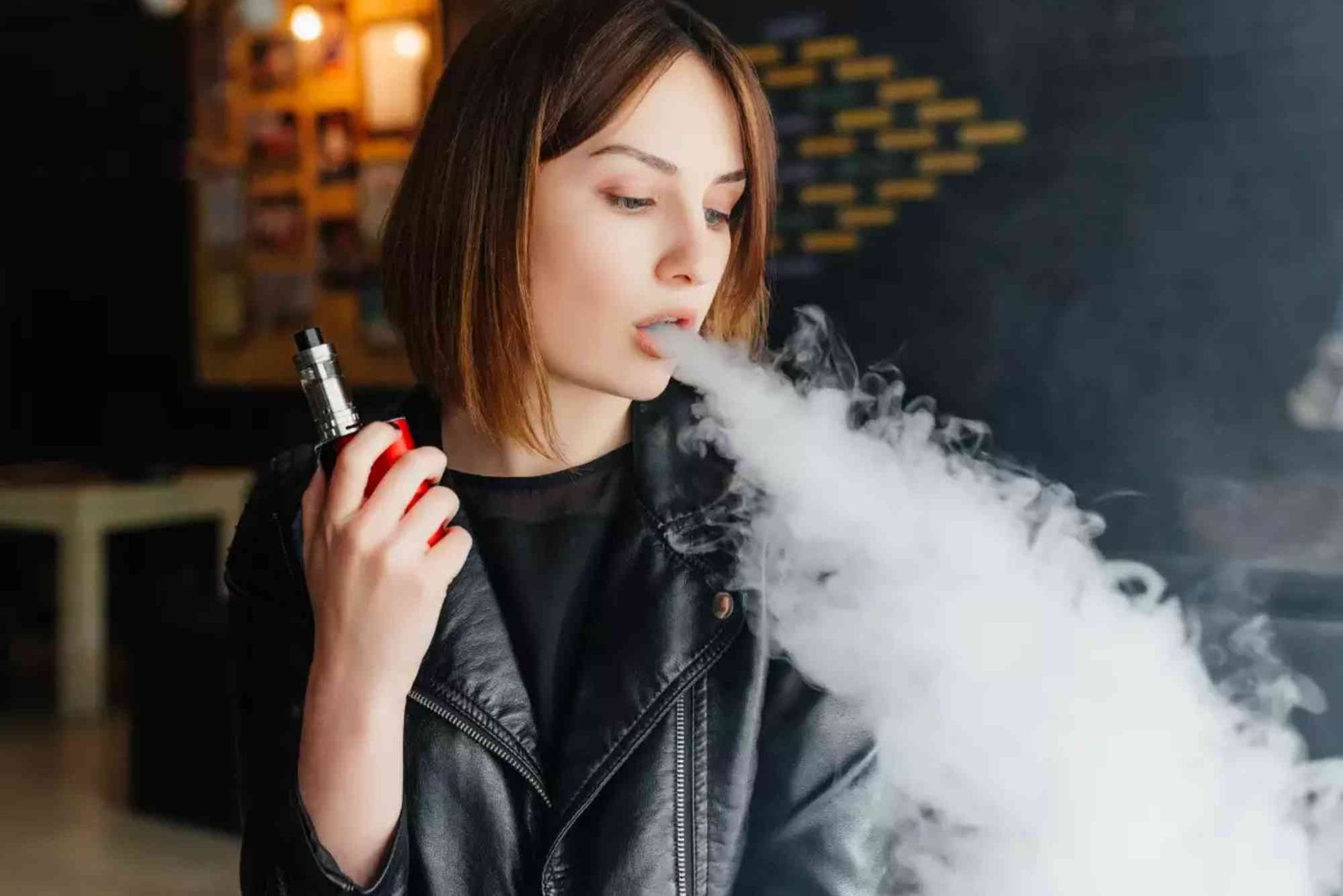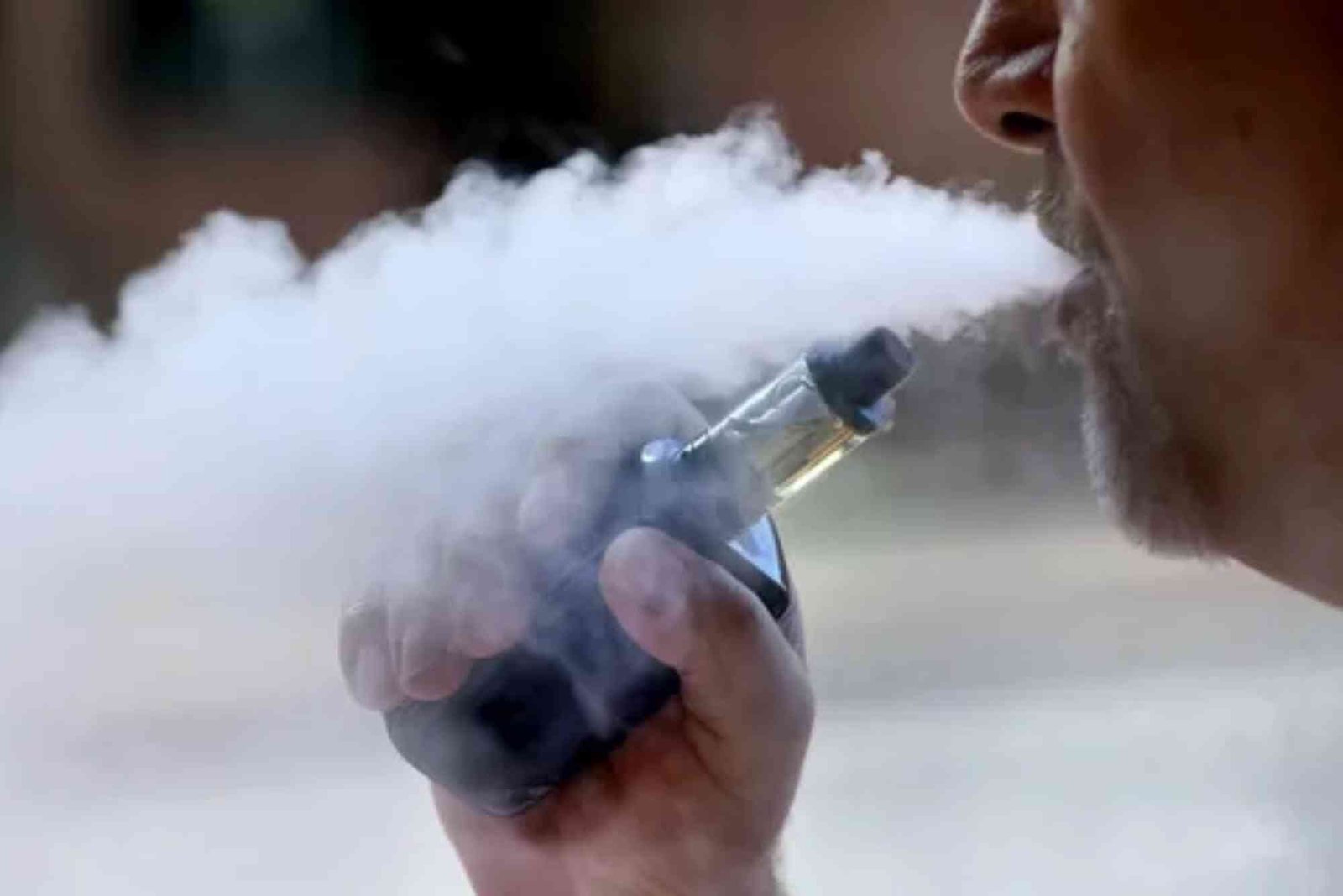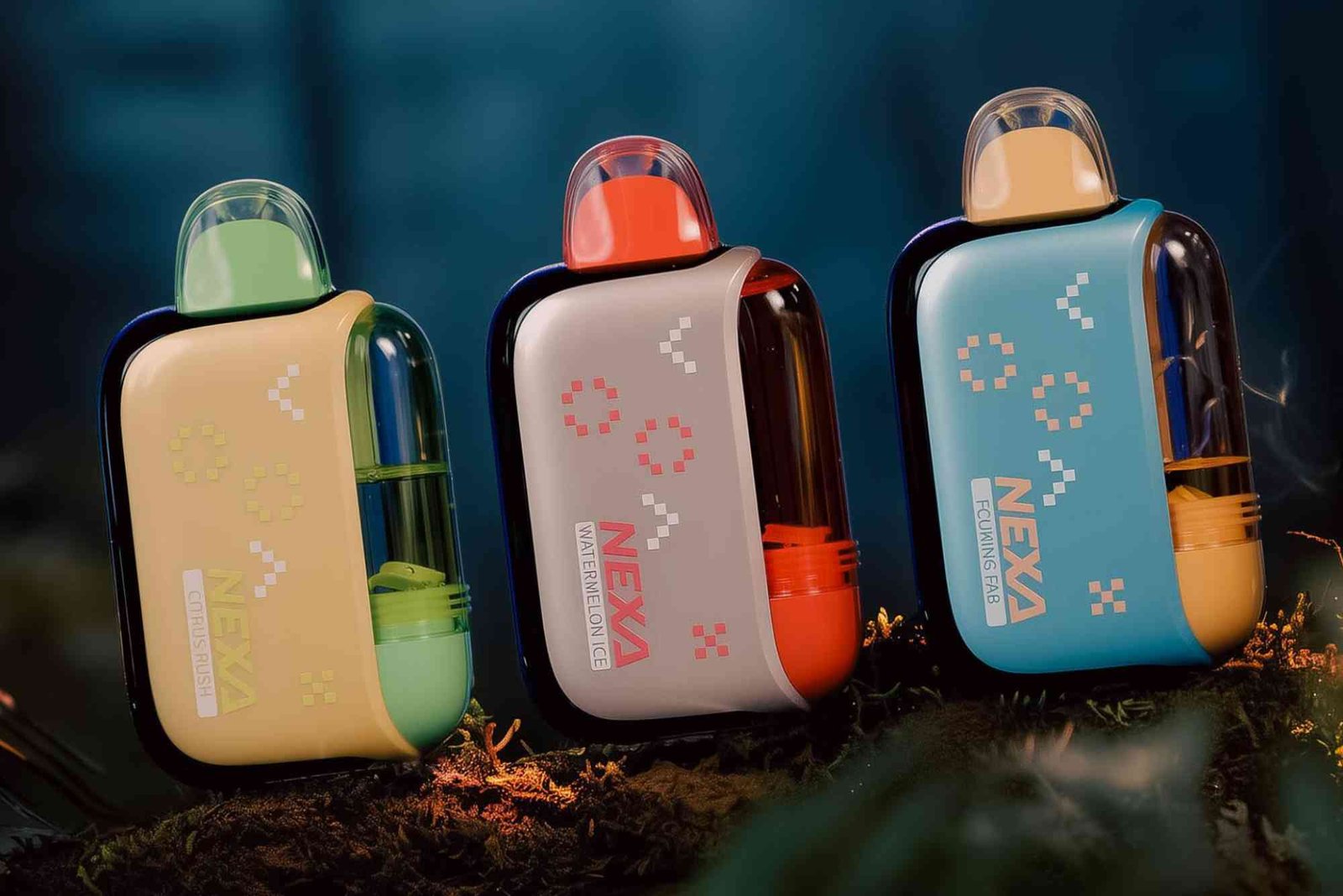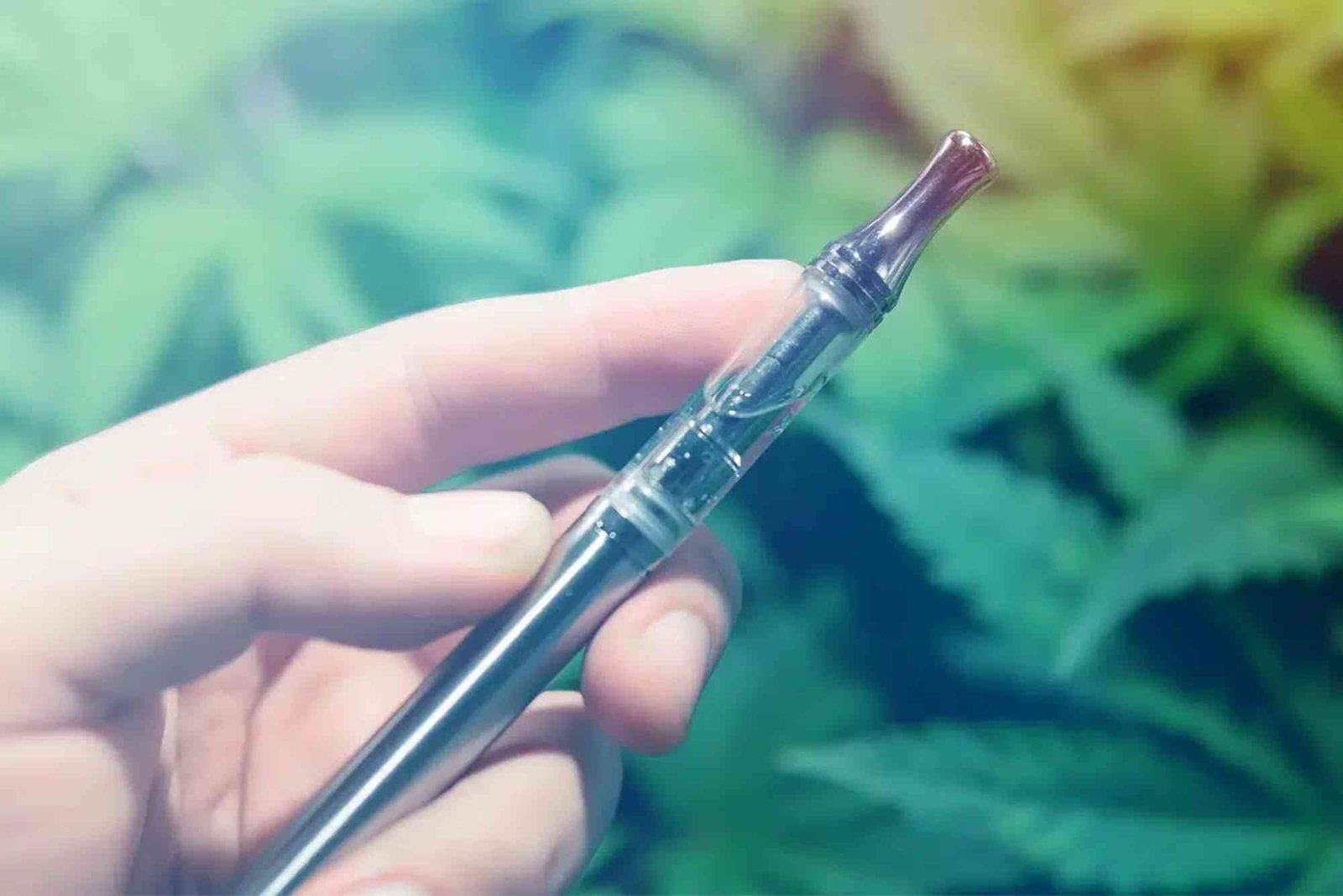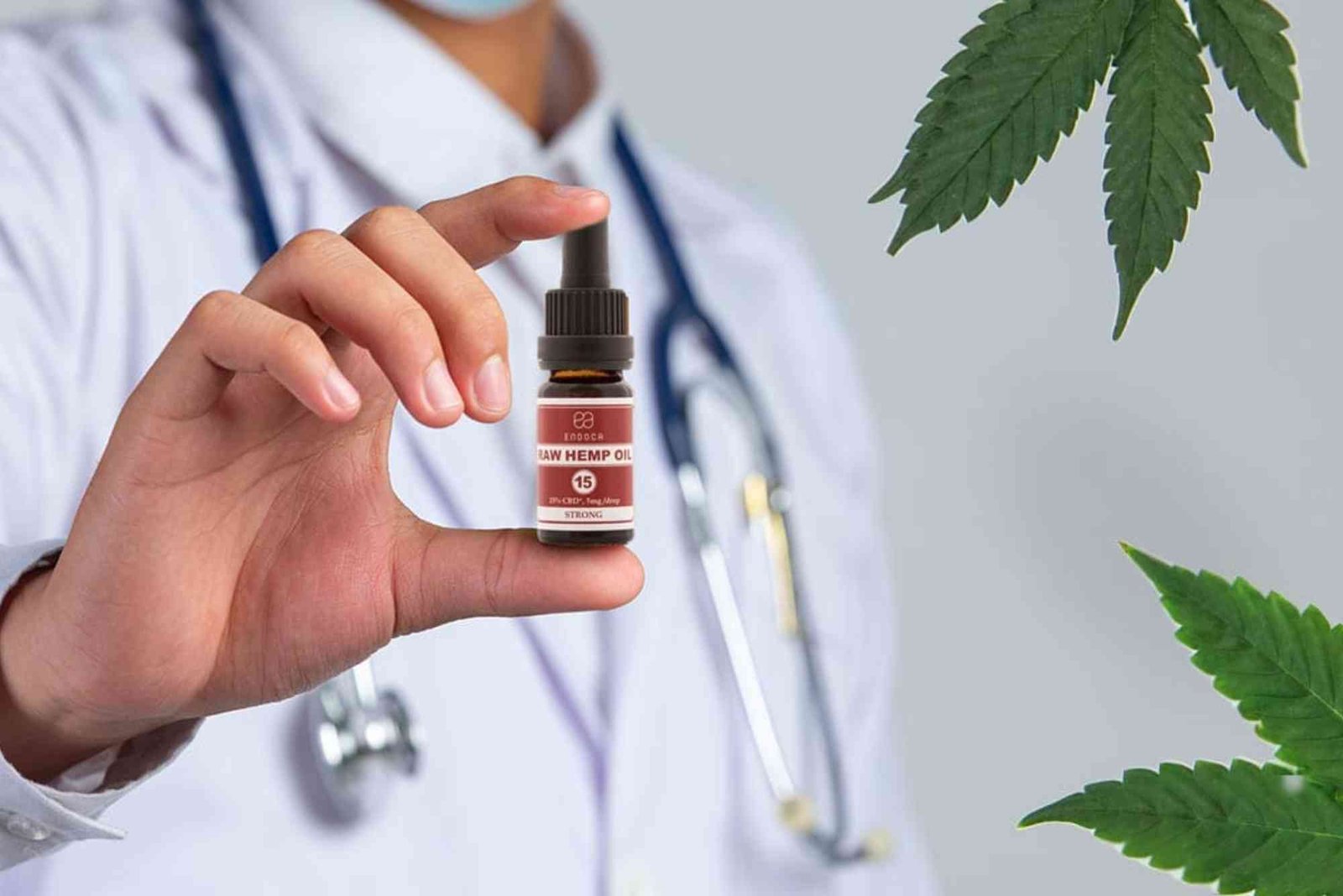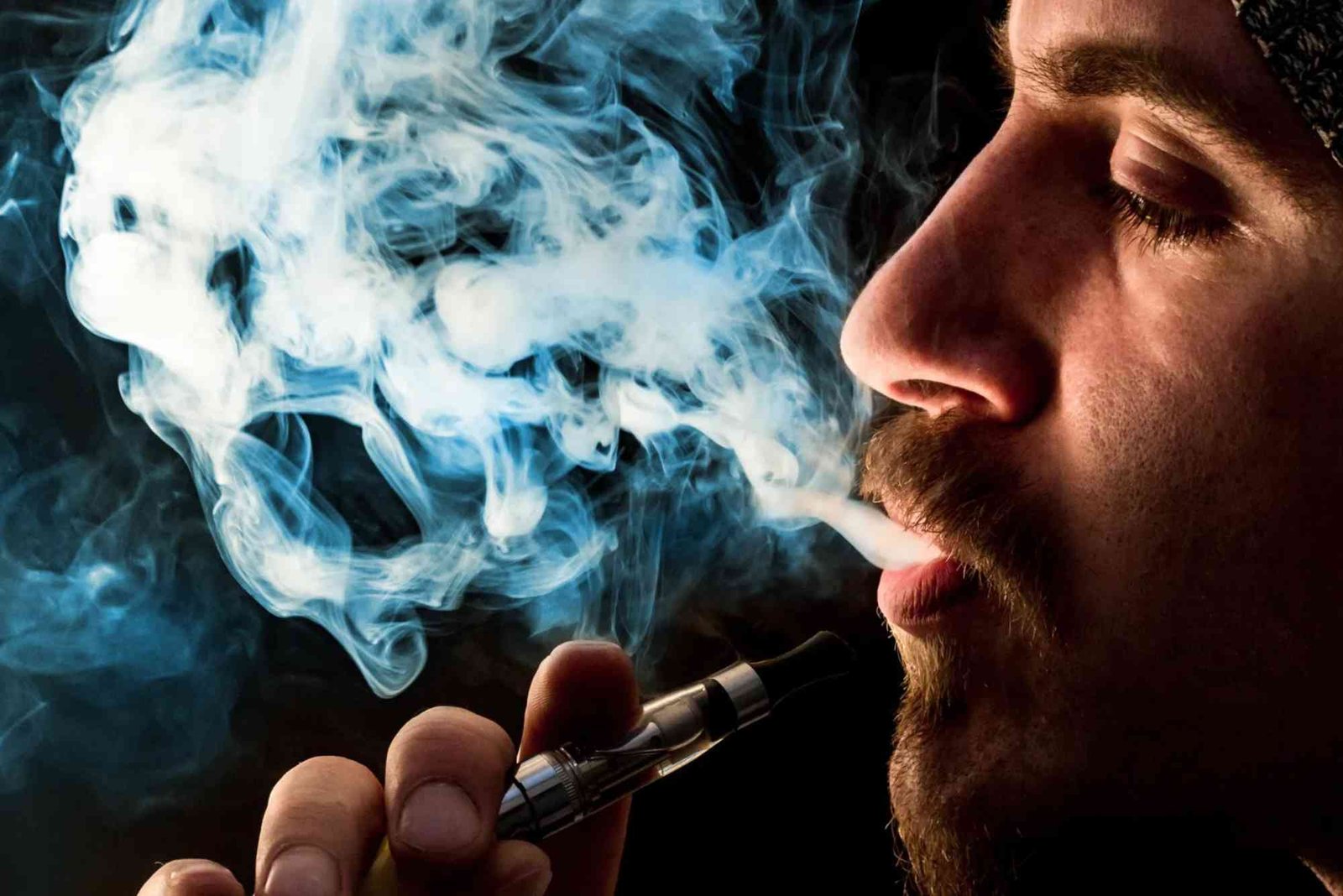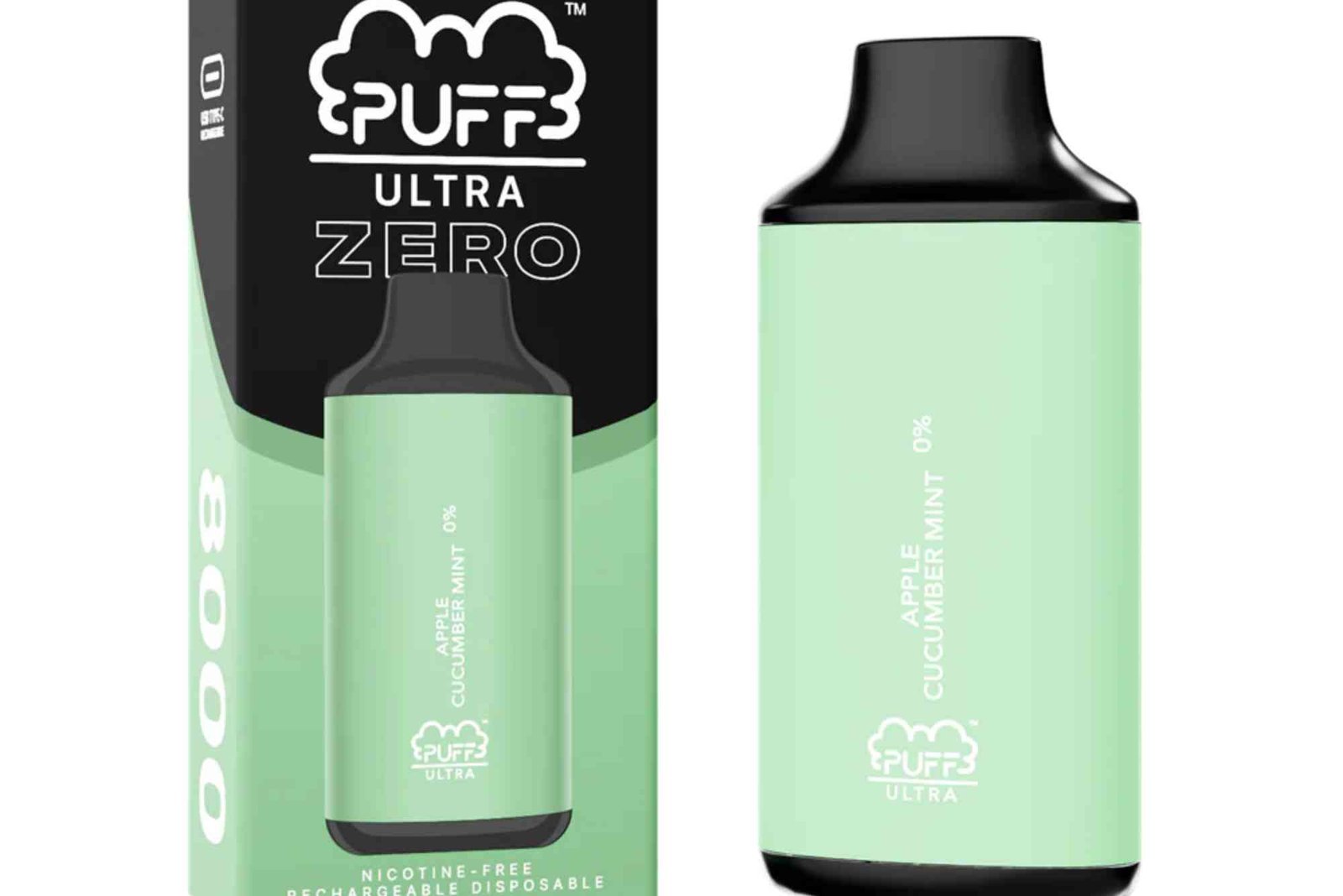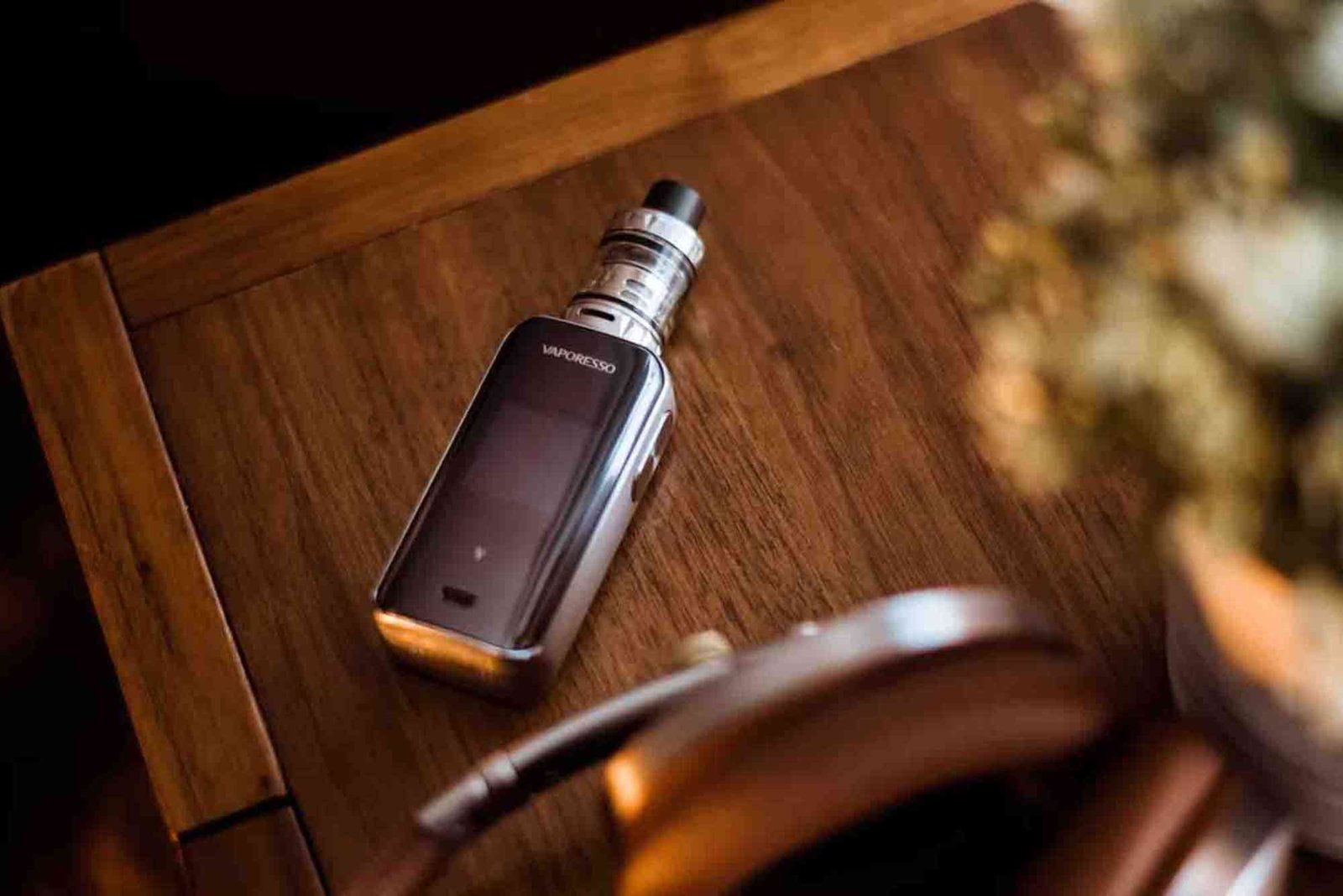How to Deal with Vape Leaks and Spitbacks
Vaping is a popular alternative to smoking, but like any device, vape tanks and mods can sometimes act up. One common issue vapers face is vape leaks and spitbacks. These problems not only waste your e-liquid but can also ruin your vaping experience. Knowing how to identify the causes and, most importantly, fixing vape leaks can save you frustration and keep your device running smoothly.
In this article, we will walk through practical tips to fix vape leaks and manage spitbacks effectively. Whether you’re new to vaping or a seasoned user, these insights will help you enjoy a cleaner, safer vape.
Understanding Vape Leaks and Spitbacks
What Causes Vape Leaks?
Vape leaks occur when e-liquid escapes from the tank or mouthpiece unintentionally. Several factors can cause this:
- Overfilling the tank: Filling beyond the recommended limit leaves no room for air pressure adjustments.
- Damaged or worn-out seals: Rubber O-rings and gaskets can deteriorate over time.
- Improper coil installation: If the coil isn’t screwed in tightly or is the wrong size, leaks happen.
- Temperature and pressure changes: Carrying your vape in a pocket or sudden altitude shifts can cause leakage.
What Is a Spitback?
Spitback happens when hot e-liquid or vapor droplets suddenly pop into your mouth. It can be unpleasant and sometimes painful. Spitbacks usually happen because:
- Excess e-liquid in the coil: Flooded coils cause liquid to sputter.
- High wattage or temperature: Running your device too hot leads to spitbacks.
- Improper coil priming: Not soaking the coil enough before use.
Effective Ways for Fixing Vape Leaks
Check and Replace O-rings Regularly
O-rings create a seal to prevent leaks. Over time, they can become brittle or break. Carefully inspect them and replace if damaged. Replacement kits are inexpensive and widely available. Keeping these in good shape is a simple but essential step in fixing vape leaks.
Avoid Overfilling Your Tank
Filling your vape tank just right helps maintain proper airflow and pressure balance. Follow manufacturer instructions on fill levels. Overfilled tanks lead to liquid seepage through air holes.
Tighten Components Without Overdoing It
Loose parts cause gaps where liquid can escape. However, overtightening risks damaging threads or seals. Find a firm but gentle balance when assembling your vape components.
Prime Your Coil Correctly
Before use, prime your coil by dripping a few drops of e-liquid on the cotton wick. Let it soak for a few minutes to prevent dry hits and spitbacks. A well-primed coil minimizes liquid flooding.
Use the Right E-Liquid Viscosity
Thinner e-liquids (high PG) tend to leak more easily than thicker (high VG) ones. If leaks are persistent, consider using a slightly thicker e-liquid. This adjustment can reduce leaking and spitbacks.
Adjust Your Wattage Settings
Running your device at too high wattage heats e-liquid excessively, causing spitbacks. Check your coil’s recommended wattage range and stay within limits to fix vape leaks related to overheating.
Store Your Vape Upright
When not in use, keep your vape standing upright to prevent liquid from pooling around the coil and leaking. Avoid tossing it sideways in your pocket or bag.
How to Handle Spitbacks Safely
Use a Drip Tip with a Spitback Guard
Some drip tips come with built-in guards or mesh filters that stop e-liquid droplets from shooting into your mouth. Upgrading your mouthpiece can provide immediate relief.
Take Gentle, Slow Draws
Aggressive or fast inhales can pull liquid into your mouth. Slow, steady draws reduce spitbacks and improve flavor delivery.
Replace Flooded Coils Promptly
If you notice frequent spitbacks, your coil might be flooded. Replace it or dry burn (if applicable) to clear excess liquid.
Troubleshooting Common Vape Leak Problems
Leak from the Airflow Holes
If you notice leaking from the airflow, it usually means the coil or tank base isn’t sealed properly. Try removing and reinstalling the coil, cleaning the base, and checking O-rings.
Leak After Refilling
Leaks after filling often indicate the tank was overfilled or the top cap wasn’t secured tightly. Always double-check your tank assembly.
Leak When Carrying Vape in Pocket
Temperature and pressure changes cause e-liquid to expand and leak. Keep your vape upright and consider using a tighter seal tank design.
When to Seek Professional Help or Replace Your Device
If you’ve tried all fixes and still experience leaks, the problem might be a damaged tank or mod. Visit a reputable vape shop or contact the manufacturer for advice. Sometimes replacing the tank or upgrading to a better design is the best solution.
Keep Your Vape Leak-Free and Enjoy Every Puff
Fixing vape leaks and preventing spitbacks is mostly about proper maintenance and understanding your device. Regular checks, using the right e-liquid, and careful handling go a long way. By following these tips, you can enjoy a clean, flavorful, and hassle-free vaping experience.
Ready to take control of your vaping experience? Start by inspecting your tank and coils today. If leaks persist, don’t hesitate to upgrade or seek expert help. Your vape deserves the best care for the best performance.
FAQ on Fixing Vape Leaks
Why does my vape keep leaking even after tightening everything?
Leaks can occur if O-rings are damaged or if the coil isn’t the right size. Also, overfilling and temperature changes contribute. Check seals and fill levels carefully.
How do I stop spitback in my vape?
Spitback is usually caused by excess e-liquid on the coil or using too high wattage. Prime your coil properly and lower your device’s wattage within the recommended range.
Can the type of e-liquid affect leaking?
Yes, thinner e-liquids with high PG content leak more easily than thicker VG blends. Switching to a thicker e-liquid can reduce leaks.
Is it safe to use a flooded coil?
No, flooded coils can cause spitbacks and poor flavor. Replace or dry burn your coil if possible to clear excess liquid.
How often should I replace vape tank O-rings?
O-rings should be checked regularly and replaced when they show signs of wear, brittleness, or damage. This can vary but generally every few months with regular use.

